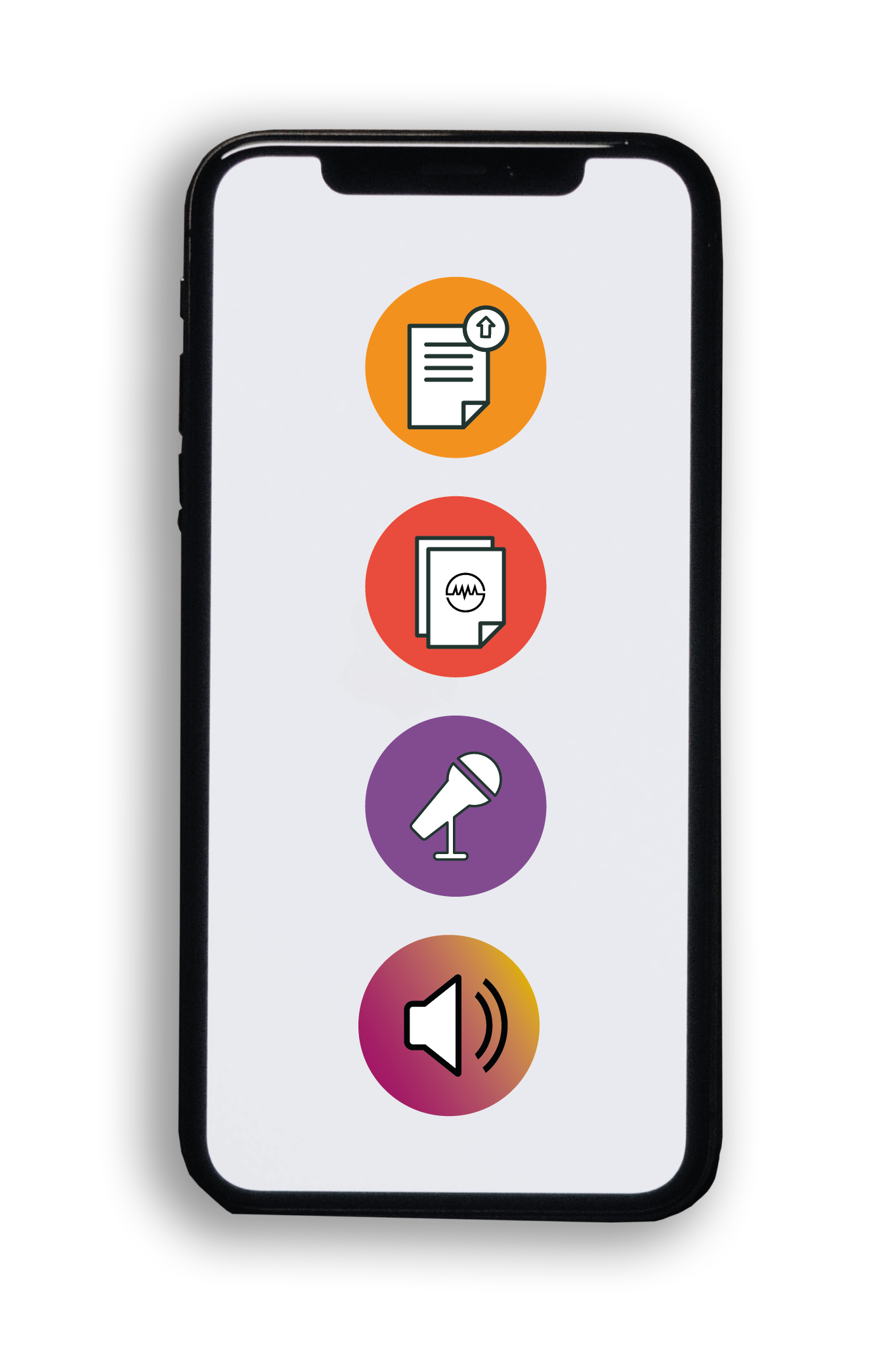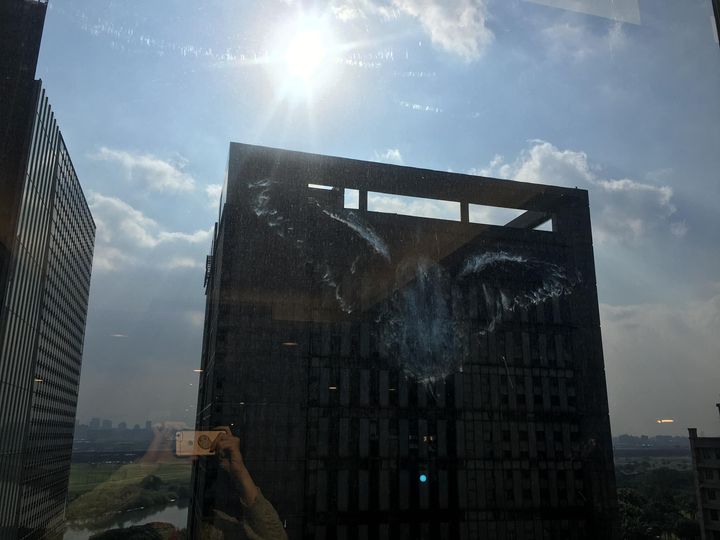Cultivating Skilled Manufacturers In Rural Wisconsin
Original Article Reference
This SciPod is a summary of
https://doi.org/10.33548/SCIENTIA570
Share Episode
About this episode
The manufacturing industry has long been central to the livelihoods of people in rural Wisconsin. Increasingly, however, the speed of change and innovation that many of these businesses need to incorporate to stay competitive are profound. This change, known as ‘Industry 4.0’, is being applied to businesses both large and small. In Western Wisconsin, the Trempealeau Valley Cooperative 2.0, Western Technical College and Ashley Furniture Industries are collaborating to develop a new educational model that will equip a new generation of students with the necessary skills to retain a cutting-edge manufacturing industry in the region.
This work is licensed under a Creative Commons Attribution 4.0 International License. 
What does this mean?
Share: You can copy and redistribute the material in any medium or format
Adapt: You can change, and build upon the material for any purpose, even commercially.
Credit: You must give appropriate credit, provide a link to the license, and indicate if changes were made.
More episodes
Dr. Kai Hilpert | AI-Powered Prediction of Antimicrobial Peptides in Human Serum: A New Strategy Against Resistant Bacteria
In the 20th century, antibiotics transformed medicine. Infections that once killed millions could be cured with a pill or injection. Surgeries became safer, cancer treatments more effective, and advanced medical interventions, such as organ transplants, became possible, all because doctors could rely on these drugs to control infections. Unfortunately, today, that foundation is crumbling. Bacteria are evolving faster than medicine can keep up. Common antibiotics are failing, and infections that were once easily treatable are becoming deadly again. In 2019 alone, antimicrobial resistance was linked to nearly five million deaths worldwide, making it deadlier than HIV or malaria. The economic cost is equally staggering: the World Bank warns of trillions lost in global productivity and millions pushed into poverty if nothing changes. This crisis, caused by antimicrobial resistance, has been described as a “silent pandemic.” Unlike a sudden outbreak, it spreads quietly, making routine medical care slightly more dangerous each year. Yet amid this grim outlook, new research is opening a window of hope. At the forefront of new innovations in this area are Dr. Kai Hilpert of City St George’s, University of London, and his colleagues, who are pioneering an approach that combines biology, chemistry, and artificial intelligence to reinvent how we discover infection-fighting medicines. Their work has been recognised with a prestigious award from the UK’s Biotechnology and Biological Sciences Research Council, BBSRC.
Dr. Kishor Shrestha | Rethinking the costs of highway rest areas
Operating and maintaining highway rest areas across the United States has long posed a costly challenge for state transportation departments, especially amid tightening budgets and rising demand. In a new study, Dr. Kishor Shrestha, associate professor at Washington State University finds that one outsourcing method known as method-based contracting is significantly more cost-effective than its two main alternatives. The results offer transport officials a clearer path forward for running rest areas more efficiently, and could help to preventing costly, potentially dangerous closures in the future.
Chi-Heng Hsieh | Feathered Casualties and Digital Clues: How Citizen Science is Helping Save Birds from Deadly Collisions
By now, most of us are familiar with stories of wildlife interacting with the modern world, often with unfortunate consequences. Examples include urban foxes struck by vehicles, bears rummaging through trash, and sea turtles entangled in plastic. But there’s a quieter, often unseen danger that claims hundreds of millions of bird lives each year. This is the common window, a source of light for us, but potentially deadly for unsuspecting birds on the wing. Bird-window collisions (or BWCs for short) are a global phenomenon and a growing conservation concern. Birds in flight often fail to perceive clear or reflective glass as a barrier, leading to fatal crashes into windows, especially on modern buildings. Until recently, tracking the scope of this problem, especially in tropical and subtropical regions, has proven difficult. Traditional monitoring methods require trained observers, time-consuming surveys, and, critically, access to fresh bird carcasses, which can vanish quickly in warm, scavenger-rich environments. But in Taiwan, an innovative approach is offering new hope, and it’s coming from an unexpected place: social media.
Dr. Jon Reinders | A genetic breakthrough for farming: editing corn inside the plant, not the lab
Corn is a cornerstone of modern agricultural food production, particularly in North America. Humans have selectively bred such crops over generations to create better yields, improved appearance and flavor and enhanced disease resistance. However, what if we could skip these arduous rounds of selective breeding and improve a crop’s stability and reliability regardless? Deep within the genetic blueprint of every maize kernel, scientists are aiming to achieve just this. In a recent groundbreaking study, Dr. Jon Reinders of Corteva Agriscience and his colleagues have unveiled a powerful new way to create genetically improved corn, not in a lab dish, but inside the plant itself. This new method is faster, cleaner, safer, and could transform how we grow our most essential crops.
Increase the impact of your research
• Good science communication encourages everyday people to be scientifically literate so that they can analyse the integrity and legitimacy of information.
• Good science communication encourages people into STEM-related fields of study and employment.
• Good public science communication fosters a community around research that includes both members of the public, policymakers and scientists.
• In a recent survey, 75% of people suggested they would prefer to listen to an interesting story than read it.

Step 2 SciPod script written
Step 3 Voice audio recorded
Step 4 SciPod published




